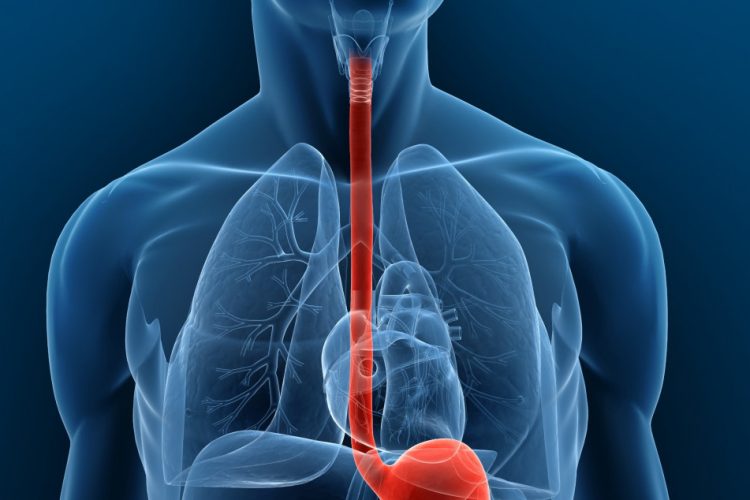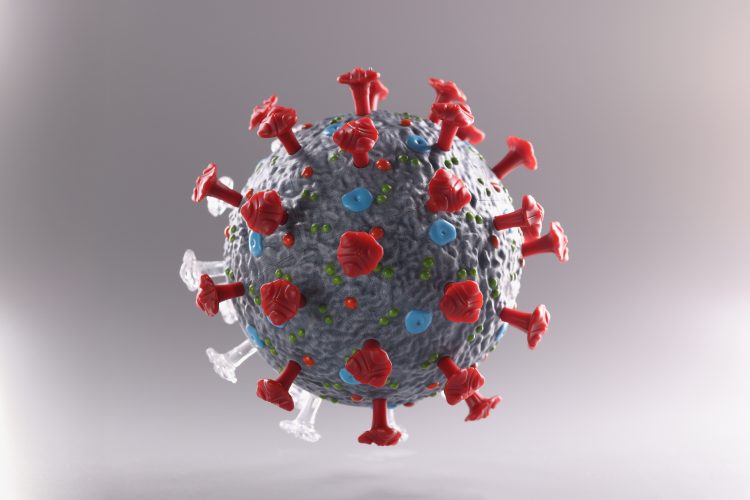New melanoma therapy prevents brain metastasis in preclinical studies
A government-funded research team has identified focal adhesion kinase (FAK) as a key driver of melanoma metastasis to the brain. This discovery could revolutionise treatment by not only addressing the condition but also preventing its spread to the brain.



























